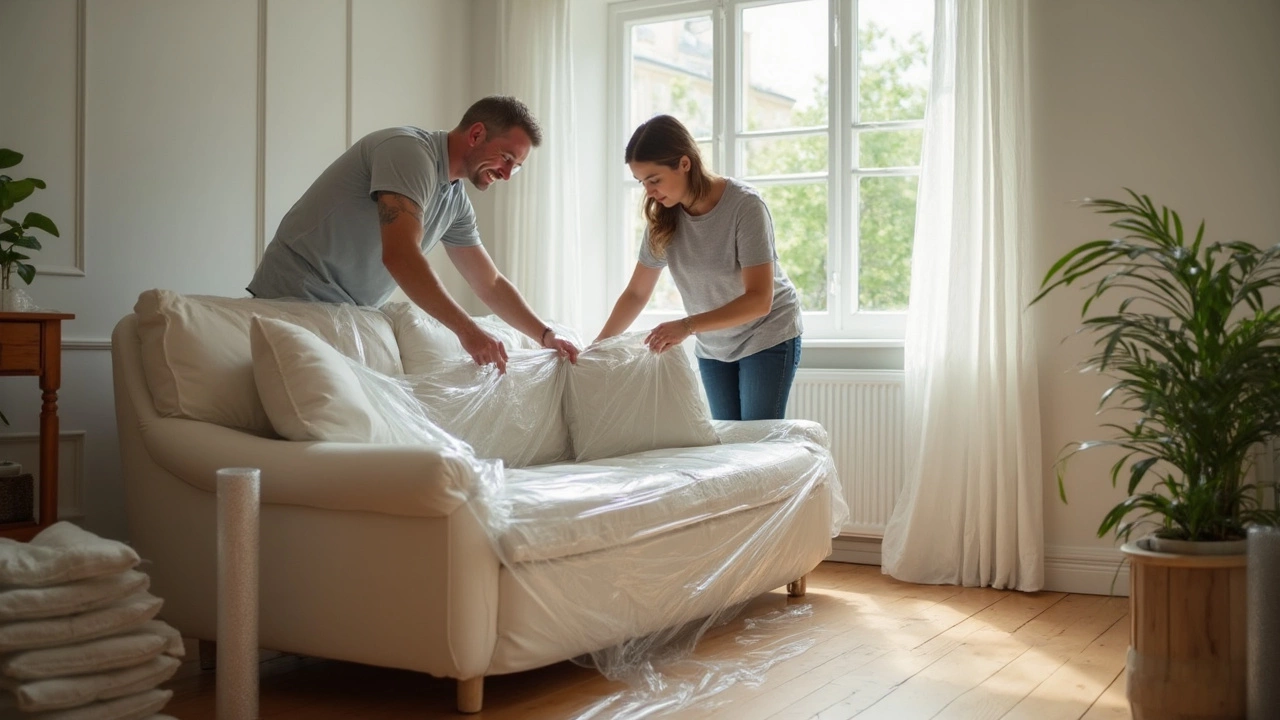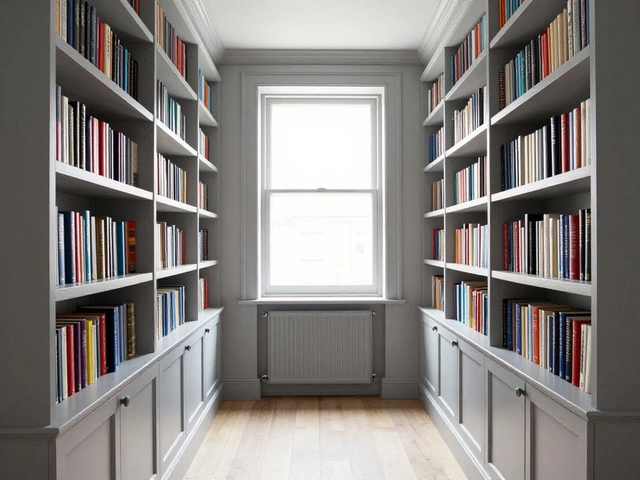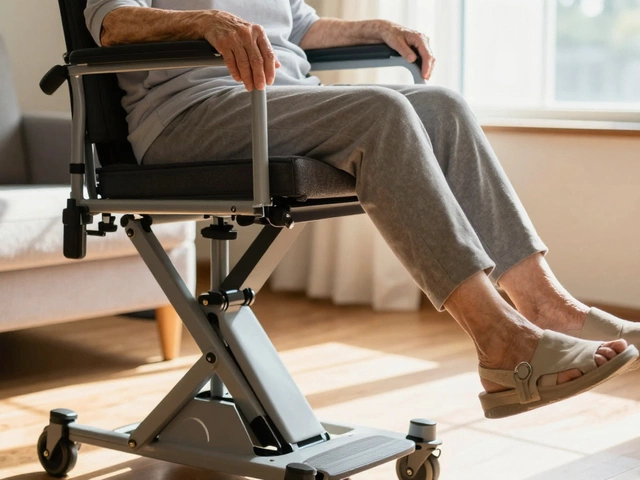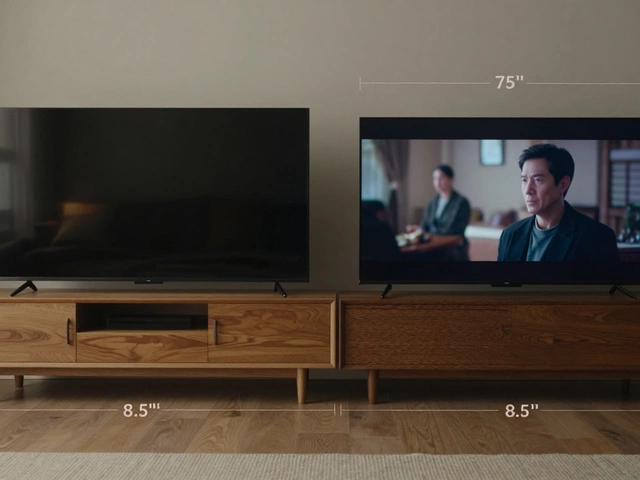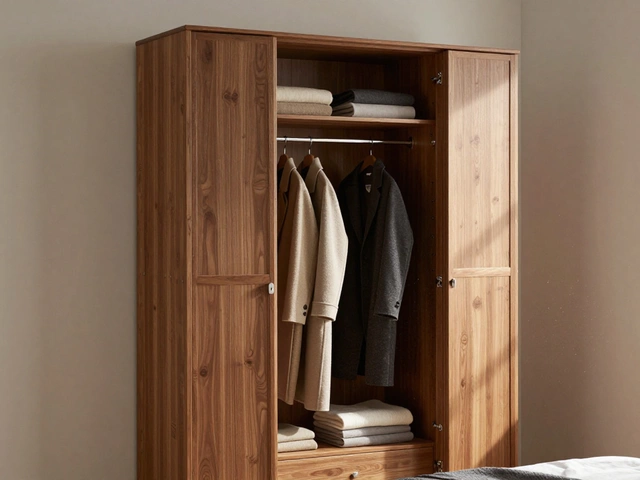Furniture Storage Tips: Simple Ways to Protect and Organize Your Pieces
Got furniture you love but struggle to keep it looking fresh? You’re not alone. Below are down‑to‑earth tips that work for patio sets, bedroom wardrobes and everything in between. No jargon, just clear steps you can start today.
Outdoor Furniture: Guard Against the Elements
First thing’s first – cover your patio chairs and tables when you’re not using them. A breathable fabric cover lets air circulate, stopping mold from building up. If you have a heavy stone table, move it onto a rubber mat; the mat stops moisture from seeping into the stone and cracking it.
Place outdoor pieces on a raised platform if the ground stays damp after rain. A simple pallet or a set of small legs creates airflow underneath, keeping wood and metal from rotting. And give metal frames a quick wipe‑down with a mild soap solution once a month – that removes grime that can cause rust.
Indoor Furniture: Maximize Space and Longevity
Inside, start with the basics. Keep wooden dressers away from direct sunlight; UV rays fade finishes and dry out the wood. A curtain or a low‑level lamp can act as a shield without darkening the room.
Use the right size wardrobe for your bedroom. Overcrowding a small closet forces you to push clothes to the back, which makes dust settle and clothes wrinkle. Sort items by season and store off‑season pieces in airtight boxes under the bed – it frees up hanging space and protects fabrics from dust.
When you arrange a bookshelf, leave a small gap between each row of books. That gap lets air move, preventing mold on the spines. A quick vacuum of the shelves every few weeks also stops dust from building up on delicate finishes.
Soft furnishings like sofa cushions benefit from regular rotation. Flip and fluff them every two weeks so the filling stays even and the fabric doesn’t wear in one spot. If you have a sofa bed, consider a memory foam topper – it adds comfort and reduces stress on the frame.
Don’t forget the floor. Rugs placed under heavy furniture protect both the floor and the legs of the piece. Choose a non‑slip pad underneath to keep chairs from sliding, especially on hardwood.
Finally, label storage boxes. A simple sticker with the box’s contents saves time when you need to find something later. It also keeps you from opening every box during a quick tidy‑up, which can damage fragile items.
These tips are easy to adopt and won’t break the bank. A few minutes of care each week means your furniture stays looking new longer, and you’ll enjoy a cleaner, more organized home without the stress.
How to Protect Your Sofa in Storage: Easy Steps for Lasting Comfort
Worried about leaving your sofa in storage? This article shares practical steps to keep your couch from getting ruined while it's packed away. You'll learn the best ways to prepare, wrap, and store your sofa so it stays clean and damage-free. Get answers on avoiding mold, pests, and odd smells, plus tips on choosing the right spot and materials. By the end, you'll know exactly how to avoid costly mistakes and keep your sofa looking fresh.
